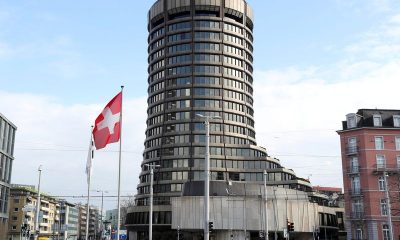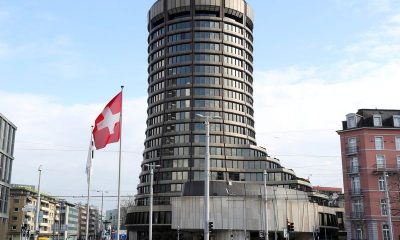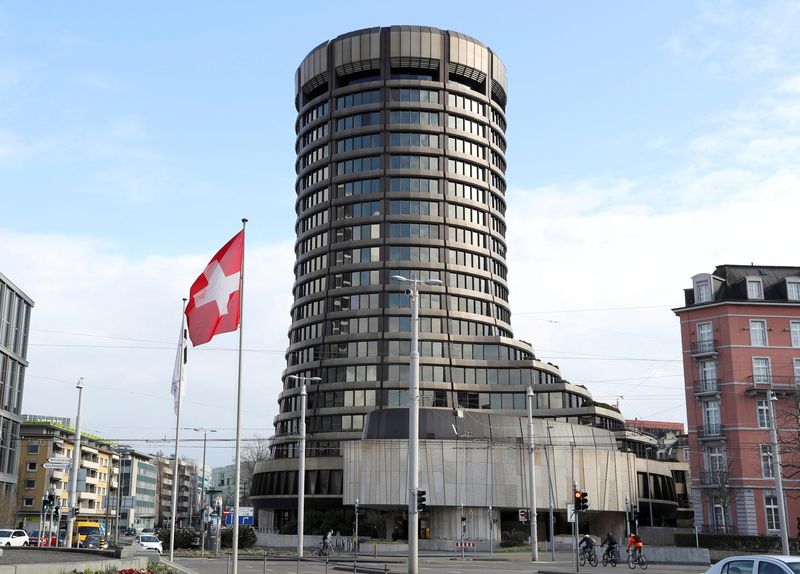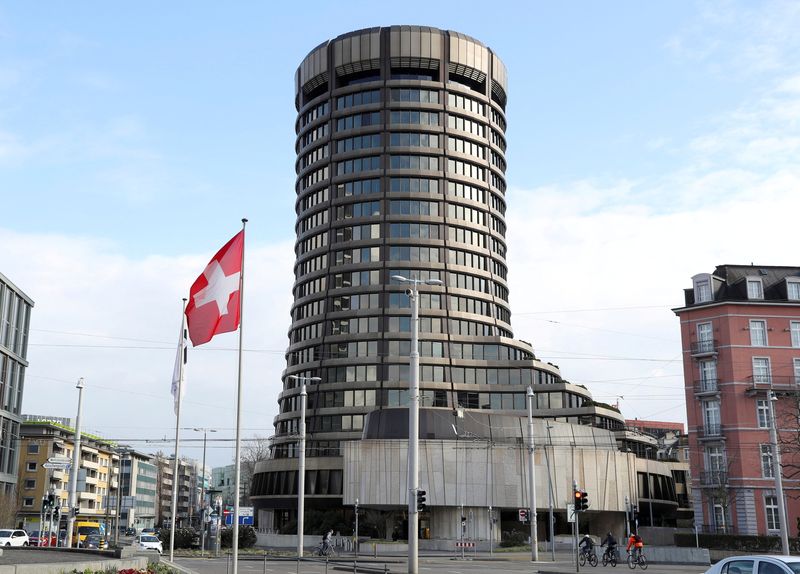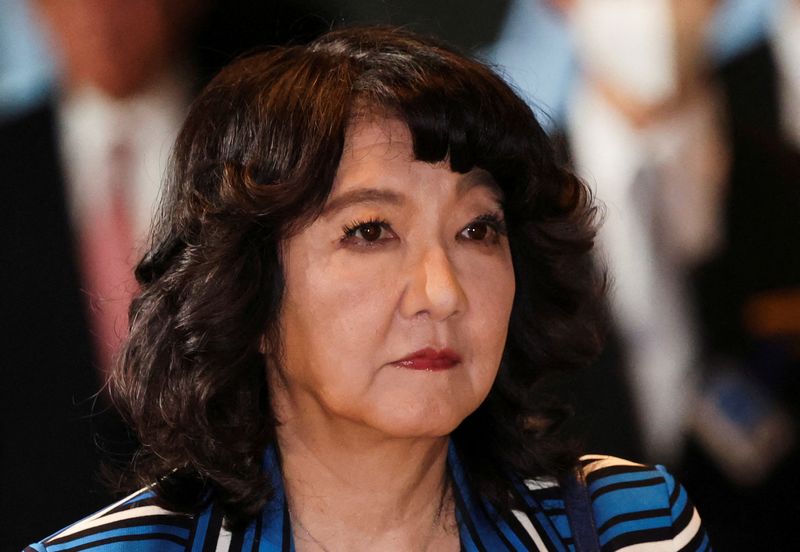Forex
Dollar weakens after inflation data, Yen surges on Ishiba win
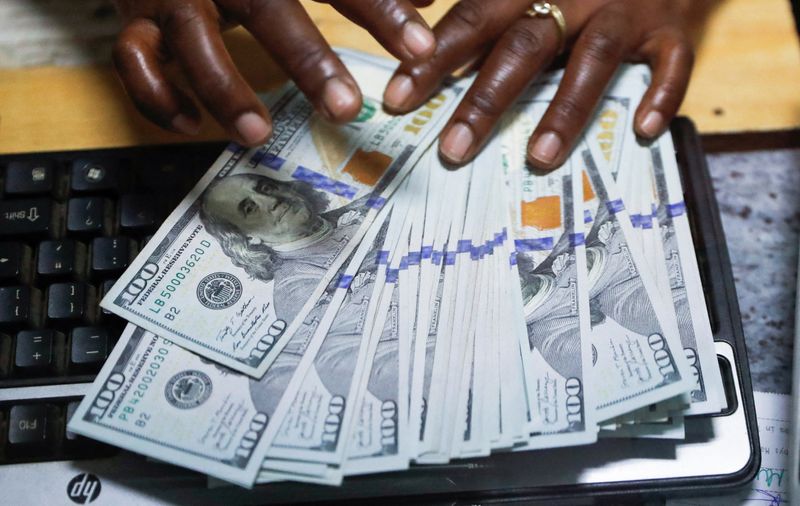
By Chuck Mikolajczak
NEW YORK (Reuters) -The dollar fell on Friday after a reading of U.S. inflation signaled price pressures continue to ebb, while the yen strengthened against the greenback after Shigeru Ishiba, seen as an interest rate hawk, was set to become Japan’s next prime minister.
The U.S. personal consumption expenditures (PCE) price index rose 0.1% in August, matching expectations of economists polled by Reuters, after an unrevised 0.2% gain in July. In the 12 months through August, the PCE price index increased 2.2% after rising 2.5% in July.
In addition, consumer spending, which accounts for more than two-thirds of U.S. economic activity, rose 0.2% last month after an unrevised 0.5% gain in July. The data was slightly below the 0.3% estimate but indicated the economy still maintained some momentum in the third quarter.
The Federal Reserve has recently signaled a shift in focus away from inflation and towards keeping the labor market healthy, but delivered a larger-than-usual interest rate cut of 50 basis points (bps) last week.
“(Fed Chair) Powell can breathe a little sigh of relief,” said Brian Jacobsen, chief economist at Annex Wealth Management in Menomonee Falls, Wisconsin.
“After pushing for a 50 bps cut instead of a more conventional 25 bps cut the personal income and spending data so far vindicates that decision.”
The , which measures the greenback against a basket of currencies, including the yen and the euro, was down 0.17% at 100.43 after falling to 100.15, its lowest since July 20, 2023, with the euro off 0.14% at $1.116.
The dollar is down about 0.2% for the week, on pace for its fourth straight weekly decline and ninth in the last 10. The euro was slightly lower for the week.
Markets are fully pricing in a cut of at least 25 basis points at the Fed’s November meeting, with expectations for another upsized 50 basis point cut now up to 56.7% after the data, according to CME’s FedWatch Tool, from 49.9% before the release.
The yen strengthened after Japan’s Ishiba won the leadership contest of the country’s ruling Liberal Democratic Party in a narrow victory.
Ishiba, a former defense minister, is a critic of past monetary stimulus and told Reuters the central bank was “on the right policy track” with rate hikes thus far.
Markets had been largely expecting a win for hardline nationalist Sanae Takaichi, a vocal opponent of further interest rate hikes, pricing in loose monetary and fiscal policies and a weaker yen over the past week.
The Japanese yen was 1.88% stronger at 142.12 per dollar after strengthening as far as 142.09, on track for its biggest daily percentage gain since Aug. 2. For the week, the dollar is down 1.25% against the yen., poised for its third weekly decline in four.
The euro fell 1.95% to 158.67 against the Japanese currency.
European data showed inflation in France and Spain rose less than expected, boosting expectations for an October rate cut from the European Central Bank to more than 90%.
China, meanwhile, launched another round of stimulus measures on Friday, as the country’s central bank lowered interest rates and injected liquidity into the banking system as it attempts to bring economic growth back towards this year’s target of about 5%.
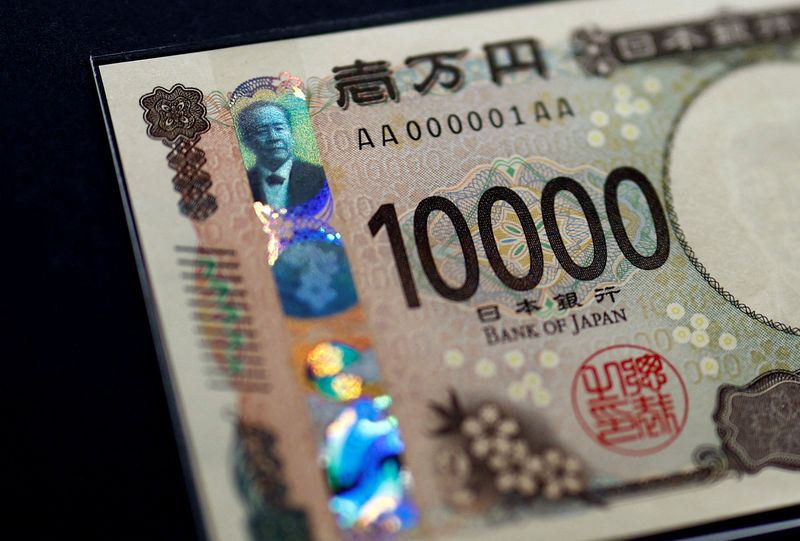
The dollar strengthened 0.11% to 6.979 versus the offshore .
Sterling declined 0.3% to $1.3375 and is up more than about 0.4% on the week, poised for a second straight weekly advance.

 Forex3 years ago
Forex3 years agoForex Today: the dollar is gaining strength amid gloomy sentiment at the start of the Fed’s week

 Forex3 years ago
Forex3 years agoUnbiased review of Pocket Option broker

 Forex3 years ago
Forex3 years agoDollar to pound sterling exchange rate today: Pound plummeted to its lowest since 1985

 Forex3 years ago
Forex3 years agoHow is the Australian dollar doing today?

 Cryptocurrency3 years ago
Cryptocurrency3 years agoWhat happened in the crypto market – current events today

 World3 years ago
World3 years agoWhy are modern video games an art form?

 Commodities3 years ago
Commodities3 years agoCopper continues to fall in price on expectations of lower demand in China

 Economy3 years ago
Economy3 years agoCrude oil tankers double in price due to EU anti-Russian sanctions

